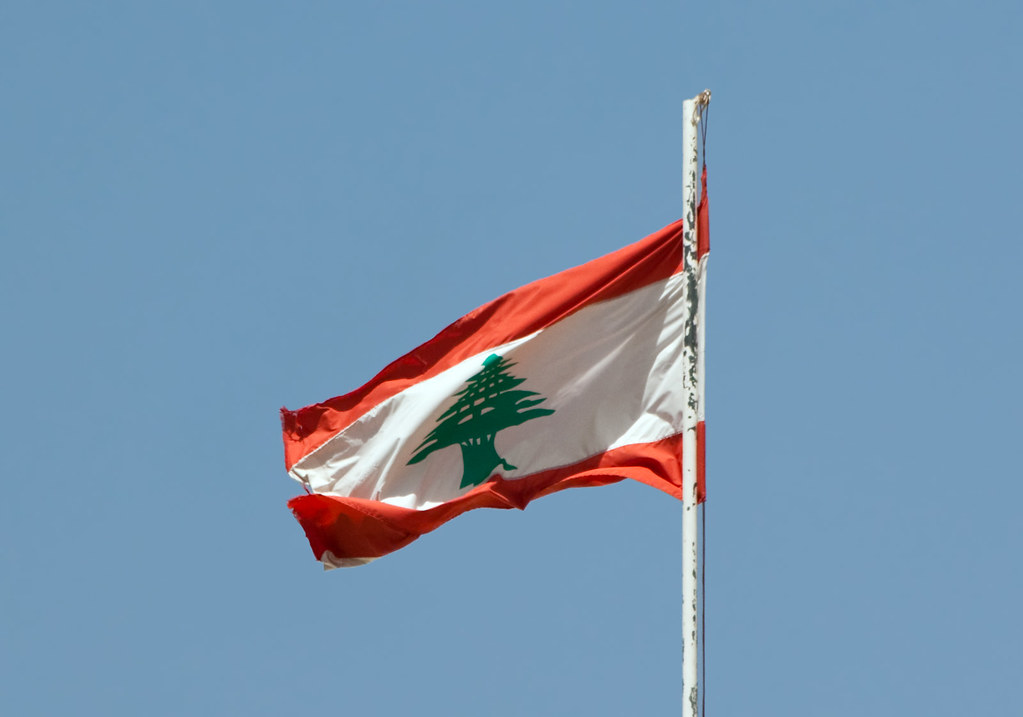FACTBOX-Lebanon's Hezbollah: What weapons does it have?
Videos also show guided strikes on military installations on the Israeli side of the country's northern border with Lebanon. ANTI-AIRCRAFT MISSILES Hezbollah said on Oct. 29 it had shot down an Israeli drone over south Lebanon with a surface-to-air missile, the first time it had announced using a type of weapon which it was long believed to have in its arsenal.

- Country:
- Lebanon
(Updates Oct. 30 story throughout) April 16 (Reuters) -
Lebanon's Hezbollah
is one of the most heavily armed non-state groups in the world, and a formidable actor in the Iran-backed " Axis of Resistance
" alliance which opposes Israel and U.S. influence in the Middle East. Hezbollah has demonstrated its arsenal - or part of it - during more than six months of hostilities with Israel which have rumbled on in parallel to the
Gaza war. The conflict across the Lebanese-Israeli border has fuelled concern about the potential for further escalation between the regional enemies, who last fought a major war in 2006.
Here is a snapshot of Hezbollah's military muscle: ROCKETS AND FIGHTERS Hezbollah's military strength is underpinned by a vast rocket arsenal. It is estimated to have upwards of 150,000 missiles and rockets of various types and ranges, according to the World Factbook of the U.S. Central Intelligence Agency. Hezbollah says it has rockets that can hit all areas of Israel. Many of the rockets are unguided, but it also has precision missiles, drones and anti-tank, anti-aircraft and anti-ship missiles. Hezbollah's main supporter and weapons supplier is Iran. Experts say the Islamic Republic sends arms to the group by land via Iraq and Syria, both Middle East countries where Iran has close ties and influence. Many of the Shi'ite Muslim group's weapons are Iranian, Russian or Chinese models.
Hezbollah leader Sayyed Hassan Nasrallah said in 2021 the group has 100,000 fighters. The CIA World Factbook says it was estimated in 2022 to have up to 45,000 fighters, split between roughly 20,000 full-time and 25,000 reserve personnel. LAND-ATTACK ROCKETS AND MISSILES
Unguided rockets comprised the bulk of Hezbollah's missile arsenal in the last war with Israel in 2006, when the group fired about 4,000 of them into Israel - mostly Russian-made Katyusha-style missiles with a range of up to 30 km (19 miles). Hezbollah has Iranian models, such as Raad (Arabic for Thunder), Fajr (Dawn) and Zilzal (Earthquake) rockets, which have a more powerful payload and longer range than Katyushas. Rockets fired by Hezbollah at Israel during the Gaza conflict since October have included Katyushas and
Burkan (volcano) missiles with an explosive payload of 300-500 kg. Nasrallah has said the biggest change in Hezbollah's arsenal since 2006 is the expansion of its precision guidance systems. In 2022, he said Hezbollah had the ability within Lebanon to retrofit thousands of rockets with guidance systems to make them precision missiles.
Hinting at the damage it could now do, Nasrallah in 2016 made a veiled threat that Hezbollah could hit ammonia storage tanks in the northern Israeli port city of Haifa, saying the result would be "like a nuclear bomb". ANTI-TANK MISSILES
Hezbollah used guided anti-tank missiles extensively in the 2006 war. It has deployed guided rockets again in the latest round of fighting, hitting Israeli positions at the border. Hezbollah's anti-tank missiles include the Russian-made Kornet. Hezbollah has posted videos of what it says are direct hits on Israeli tanks and other military vehicles since Oct. 7. Videos also show guided strikes on military installations on the Israeli side of the country's northern border with Lebanon.
ANTI-AIRCRAFT MISSILES Hezbollah said on Oct. 29 it had shot down an Israeli drone over south Lebanon with a surface-to-air missile, the first time it had announced using a type of weapon which it was long believed to have in its arsenal. Hezbollah has used surface-to-air missiles on several occasions, one of them to shoot down an Israeli Hermes 450 drone over Lebanese territory on
Feb. 26 . Earlier this month, Hezbollah said it had shot down a Hermes 900 drone.
ANTI-SHIP MISSILES Hezbollah first proved it had anti-ship missiles in 2006, when it hit an Israeli warship 16 km (10 miles) off the coast, killing four Israeli personnel and damaging the vessel.
Since the 2006 war, Hezbollah has acquired the Russian-made Yakhont
anti-ship missile with a range of 300 km (186 miles), sources familiar with its arsenal say. Hezbollah has never confirmed possessing that weapon. Hezbollah has also broadcast videos that it says show more of the same type of anti-ship missile used in 2006.
DRONES Hezbollah has launched explosive one-way
drones at Israel on numerous occasions during the latest hostilities. Hezbollah's drones include what it says are the locally-assembled Ayoub and Mersad models. Experts say the drones, which can be produced cheaply and in large quantities, could be used in a way aimed at draining Israel's Iron Dome air defence system.
Israel accused Iran in September of building an airstrip in south Lebanon that could be used to launch attacks. A non-Israeli source with knowledge of the site said it could accommodate large, potentially weaponised drones, based on an Iranian design. In 2022, during U.S.-mediated talks to delineate the countries' shared maritime boundary, Hezbollah launched three unarmed drones towards a vessel being used by Israel to develop offshore energy resources. Israel intercepted them.
(This story has not been edited by Devdiscourse staff and is auto-generated from a syndicated feed.)










